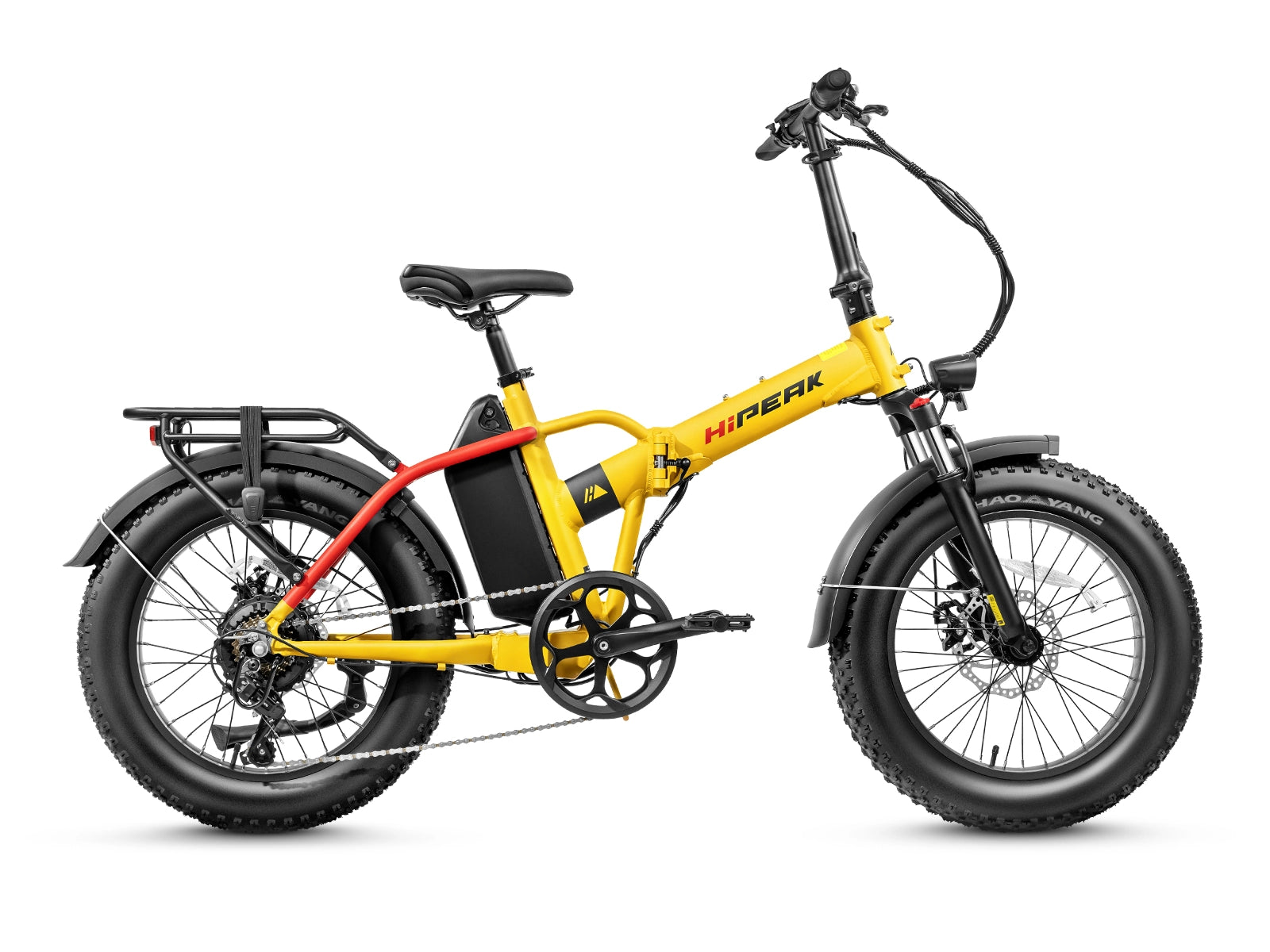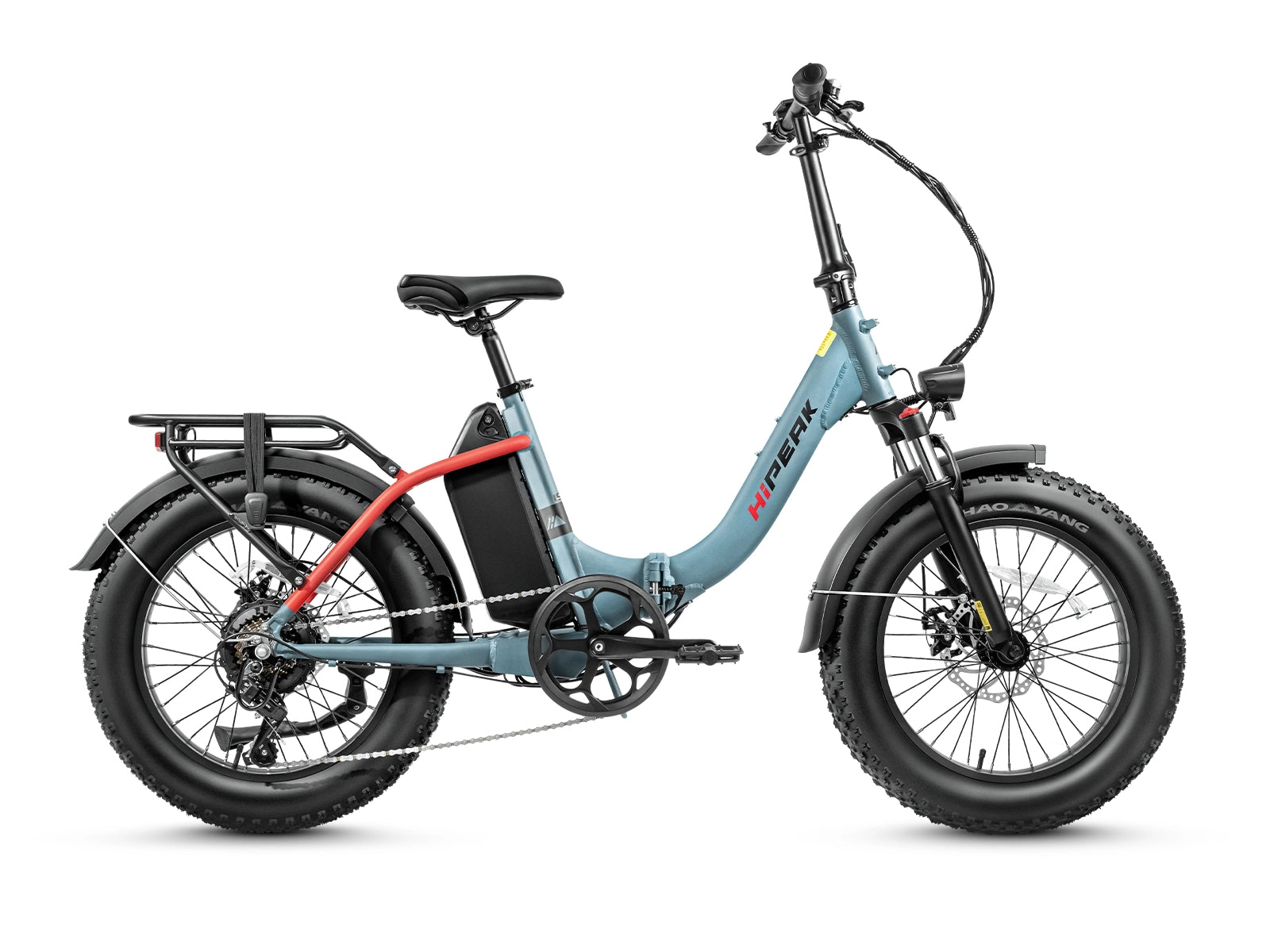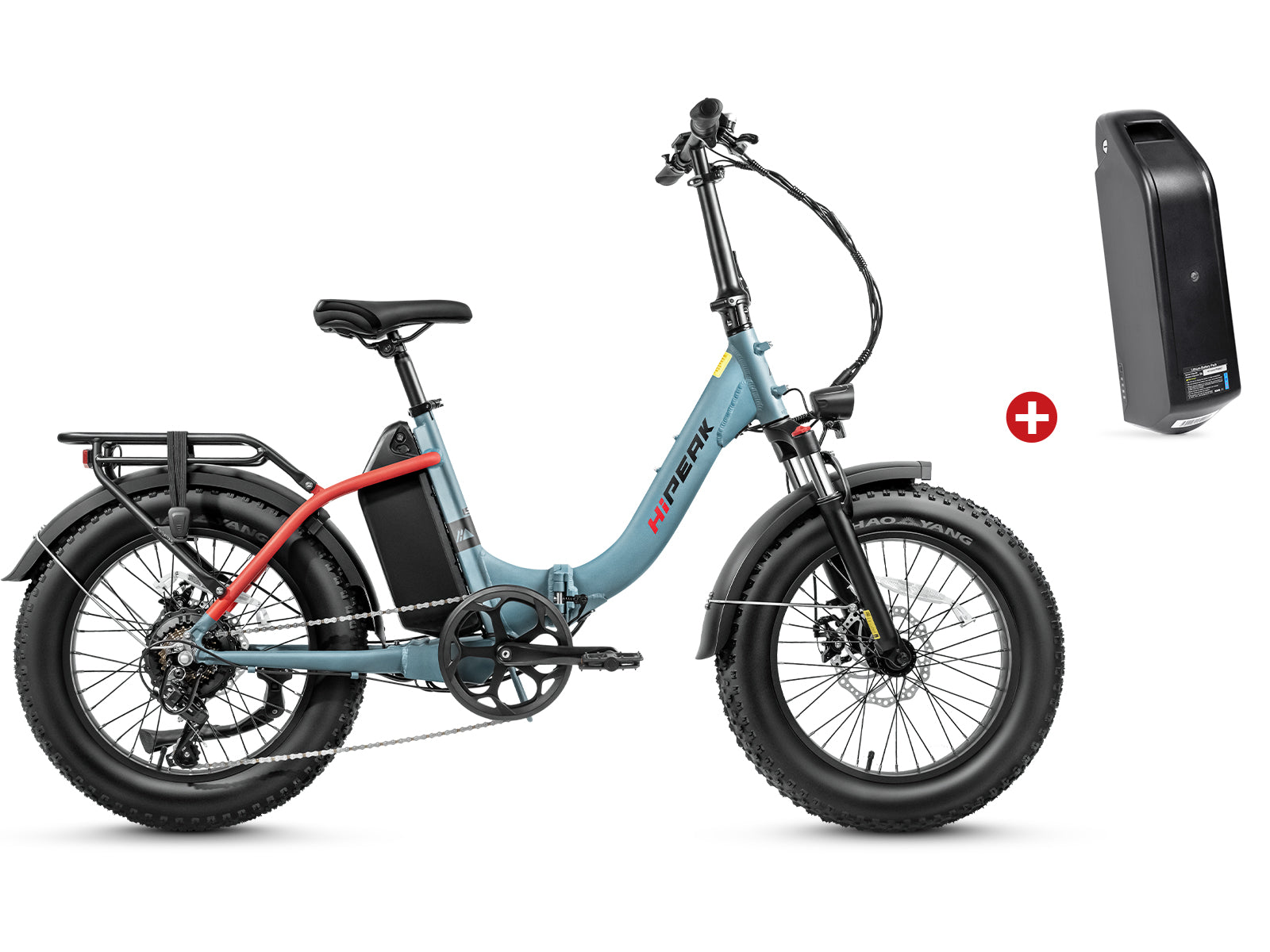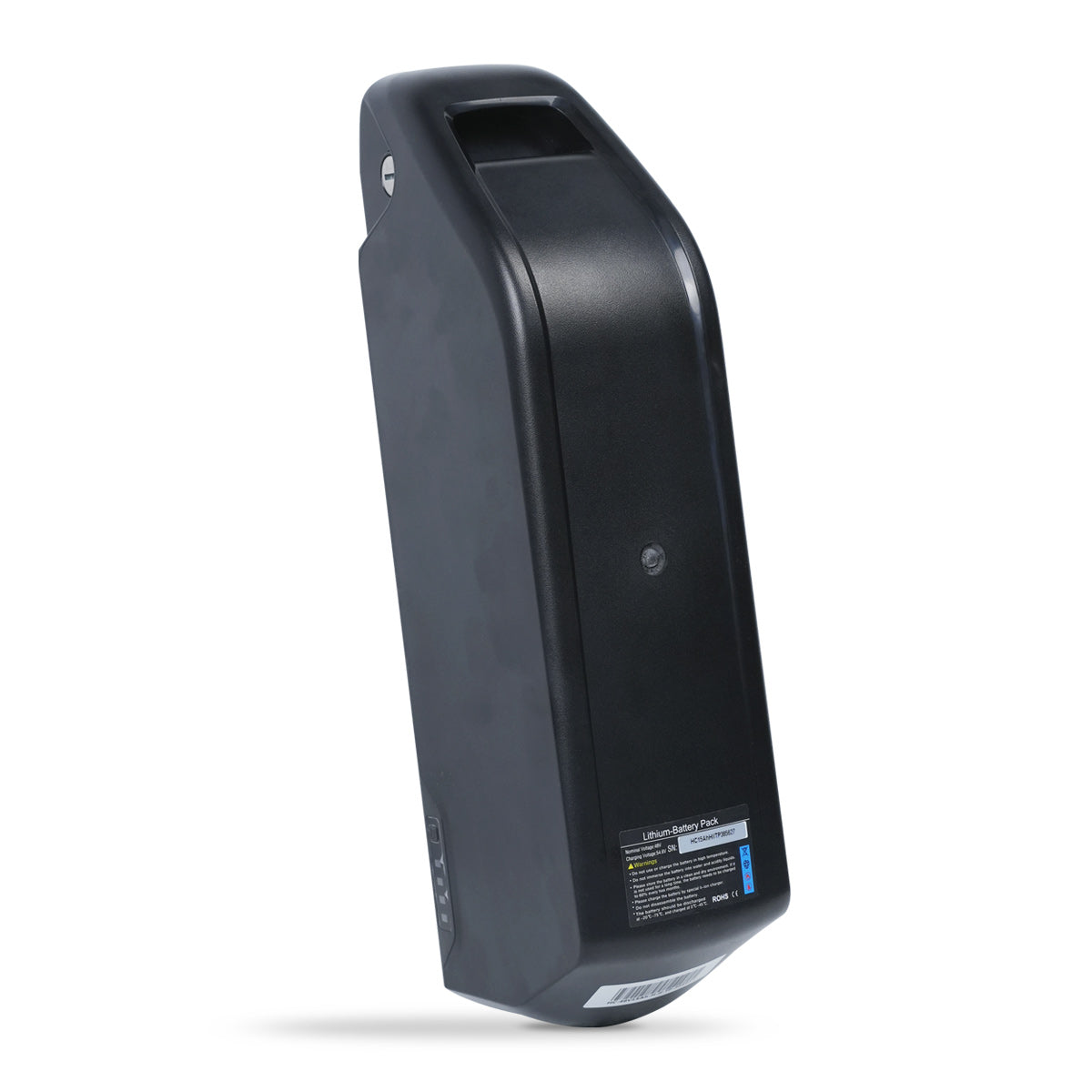Advantages Of Electric Bikes Over Electric Scooters

Micromobility has quickly become a well-liked form of transportation for many users all around the world. E-bikes and e-scooters are the ones getting the most attention and favor of these. Electric bicycles and scooters are no longer primarily used for sporting or leisure activities, as they were in past years. These days, people use them as they go about their regular lives.
The limits and guidelines for the epidemic may also be to blame for this change in usage patterns. People sought alternative modes of transportation that were less congested than public vehicles during the epidemic because they were required to maintain social distance. With their simplicity and efficiency, e-bikes and e-scooters have become viable options for short-distance commuting. One could question, though, if there are any distinctions between these two well-liked micromobility solutions. To learn more about their characteristics and how they meet various transportation demands, continue reading.
Riding Scenarios
E-bikes and electric scooters have different riding conditions. Compared to e-bikes, e-scooters are less frequently used for commuting, despite the fact that they are being adopted for uses beyond enjoyment. E-scooters are very uncommon on sidewalks, but they have becoming more common in on-street bike lanes.
E-bikes are regularly spotted in places designed for bicycles, such as bike lanes, where they blend in with regular bicycles. Electric mountain bikes, electric commuter bikes, and foldable electric bikes are just a few of the models that manufacturers have created in response to the rising demand for e-bikes to suit different riding demands and preferences. In addition, long range electric bikes attract the attention of drivers. Riders can select the e-bike that best suits their intended use and terrain thanks to these several alternatives.
Convenience and Comfort
According to study, more individuals prefer using e-bikes than e-scooters when it comes to ease and comfort level. Individuals' levels of comfort and convenience can change depending on their body weight. While some people may like the entire balance given by riding an electric bicycle, others may find it more pleasant to stand on an e-scooter. E-bikes are outfitted with larger tires and frames that can handle higher weight by manufacturers in order to fulfill the demand for additional support.
Their comfort and convenience are further facilitated by the broad variety of electric bicycles that are readily available. There is a greater probability of discovering an e-bike that fully satisfies a person's comfort preferences when there are more possibilities to pick from. While e-scooters do provide comfort, they frequently lack the suspension systems needed to sustain the rider's weight. This is not to suggest that they do not provide comfort. E-scooters become heavier and more cumbersome to transport if suspension systems are added. However, convenience is a relative phrase, and the best choice will ultimately depend on why a person commutes. An e-bike can be a better option if the goal is to commute while performing several daily tasks.
Sizes
Electric scooters typically weigh less than electric bikes in terms of size. This is mainly because e-bikes include additional electronic parts like the frame and handlebars. The majority of e-scooters are made to fold up effortlessly, making it easier for users to transport them wherever they go. E-scooters are typically under 40 pounds in weight, making them quite portable. On the other hand, it's significant to remember that an e-bike's weight can vary based on the manufacturer and model. The overall weight of an e-bike is frequently influenced by the product's brand.
Examples are the folding Bona and Elias models from Hipeak, which offer similar portability as an e-scooter. These folding electric bikes weigh about 28 kg, which is less than many other e-bikes on the market and comparable to the weight of many e-scooters. Due to their modest weight, electric bikes are more convenient for consumers to travel from one location to another because they are easier to handle and manage.
Cost and Safety
Your investment in electric vehicles should be guided by your own preferences and transportation demands when weighing safety and cost. Despite the fact that electric bikes are typically more expensive than scooters, they are well worth the investment because of the superior commuting services they provide. Additionally, electric bikes typically have a greater resale value, providing the opportunity for future sales at a profit. E-bikes often use more durable lithium-ion batteries, whereas e-scooters typically use less expensive and less reliable lead-acid batteries. Compared to e-scooters, which normally need battery replacements less regularly, e-bikes may require more maintenance.
E-bikes have an advantage over e-scooters in terms of safety. Since e-scooters are closer to the ground, other cars may see them from a greater distance. They also have smaller wheels, which are less responsive to uneven or bumpy surfaces. E-bikes, on the other hand, are built with larger wheels that enable them to withstand bumps and bumpy roads more easily, improving safety when riding.
Finally, it's crucial to think about these vehicles' top speeds, which can differ depending on the model. Both e-bikes and e-scooters may go at different speeds, with certain versions being able to go faster. To ensure a safe and comfortable ride, it's important to take into account your degree of comfort and local speed limit rules while deciding between the two.
Speed
Generally speaking, an e-bike has the potential to exceed an electric scooter in terms of speed, especially when utilized in conjunction with cyclists. However, other considerations, including the weight of the battery and motor parts, can also affect how fast an e-bike can go. If these components are weighty, it may effect the e-bike's overall weight and possibly its top speed. In contrast, compared to e-bikes, electric scooters often have a lower top speed.
It's vital to remember that e-bike top speeds can change based on the class and national laws. Class one, class two, and class three e-bikes are the most prevalent classifications. Depending on the country, different classes may have different legal speed limitations. You must become familiar with the country-specific speed limits for the class of e-bikes you plan to ride. The top speed range for e-bikes is commonly between 28 and 32 km/h in several nations.
Conclusion
Despite their comparable two-wheel designs, electric bicycles hold a number of benefits over electric scooters that must be understood. We have emphasized many features that distinguish the two throughout this study. It is important to remember that e-bikes have many advantages over e-scooters. Even though they can need more maintenance, they are an appealing option due to their enhanced safety features, such as better visibility and handling of challenging road conditions. Prospective users can confidently select an electric bicycle that meets their transportation requirements by carefully weighing these benefits, ensuring a more pleasurable and useful commuting experience.





















Leave a comment